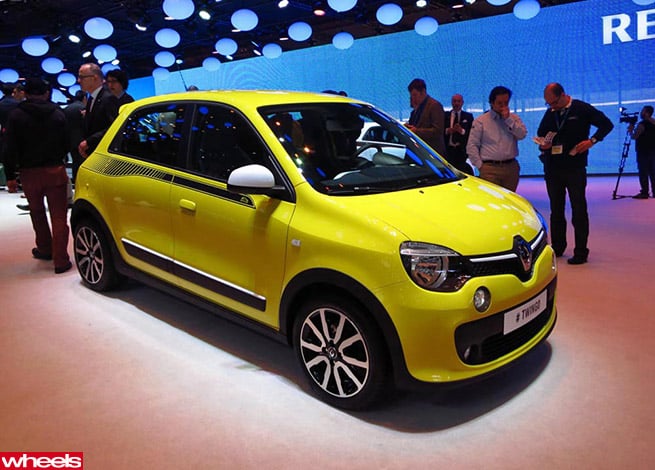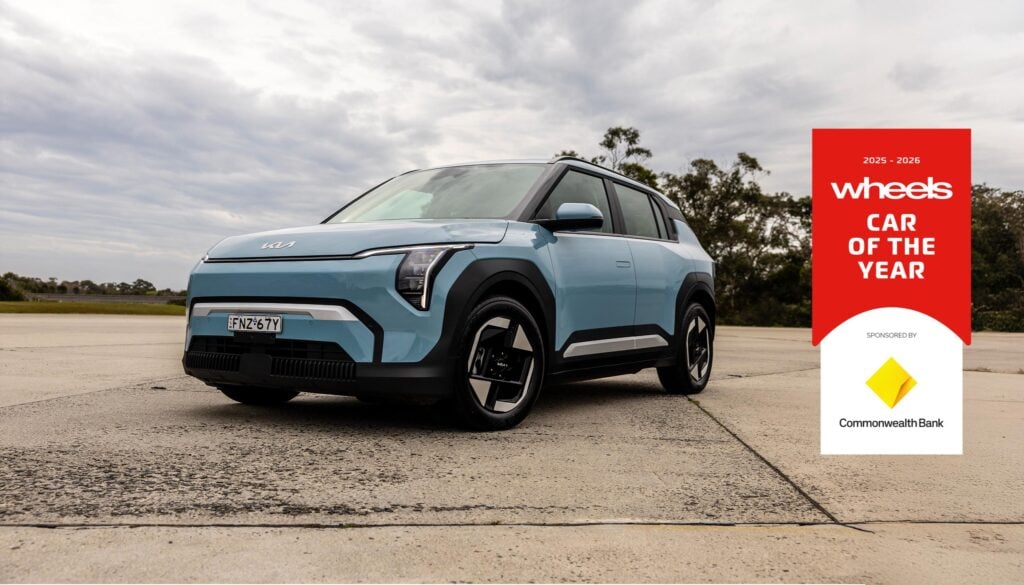It may not out-cute the Fiat 500, but Renault’s new micro-car out-clevers the Polish-made Italian by a massive margin.
Renault has already whipped the wrapper off the new Twingo’s exterior, but Geneva was the first time its insides were on display.
The carefully choreographed presentation at the Swiss show highlighted the Renault’s amazingly tight 8.7-metre turning circle, one of the obvious advantages of the rear-engined, rear-drive platform co-developed with Daimler, which will utilise it for the next-generation Smart ForFour.
But the manoeuvrability of the 3.6-metre-long Twingo was overshadowed by the brilliance of its pragmatic, yet playful, interior.
Renault’s designers deliberately created opportunities to introduce colour, most strikingly in the instrument cluster surround and around the dash-mounted infotainment system.
Renault small car design director Kenneth Melville says this snaking swathe of colour is known inside the French car-maker as “the racetrack” – it is easy to see why.
Yet the Twingo also succeeds in being seriously useful. There’s room for four adults inside, and the 50/50 split-fold rear seatback flips to create a perfectly flat cargo area.
The boot floor is high, a consequence of the 51kW naturally aspirated 1.0-litre or 66kW turbo 0.9-litre three-cylinder engines installed between the Twingo’s rear wheels.
The engines are tilted rearwards 49 degrees from vertical for obvious reasons.
Despite its rear-engine layout, there’s not cargo compartment up front under the Twingo’s plastic bonnet. Once unlatched, the bonnet slides forward, providing access to the car’s fluid reservoirs.
Stylishly reminding the world of the almost forgotten potential of the rear-engine, rear-drive layout for small cars, the Twingo deserves to succeed everywhere.
Only an importer lacking imagination or courage – or both – could fail to be excited by it. Are you listening, Renault Australia?






